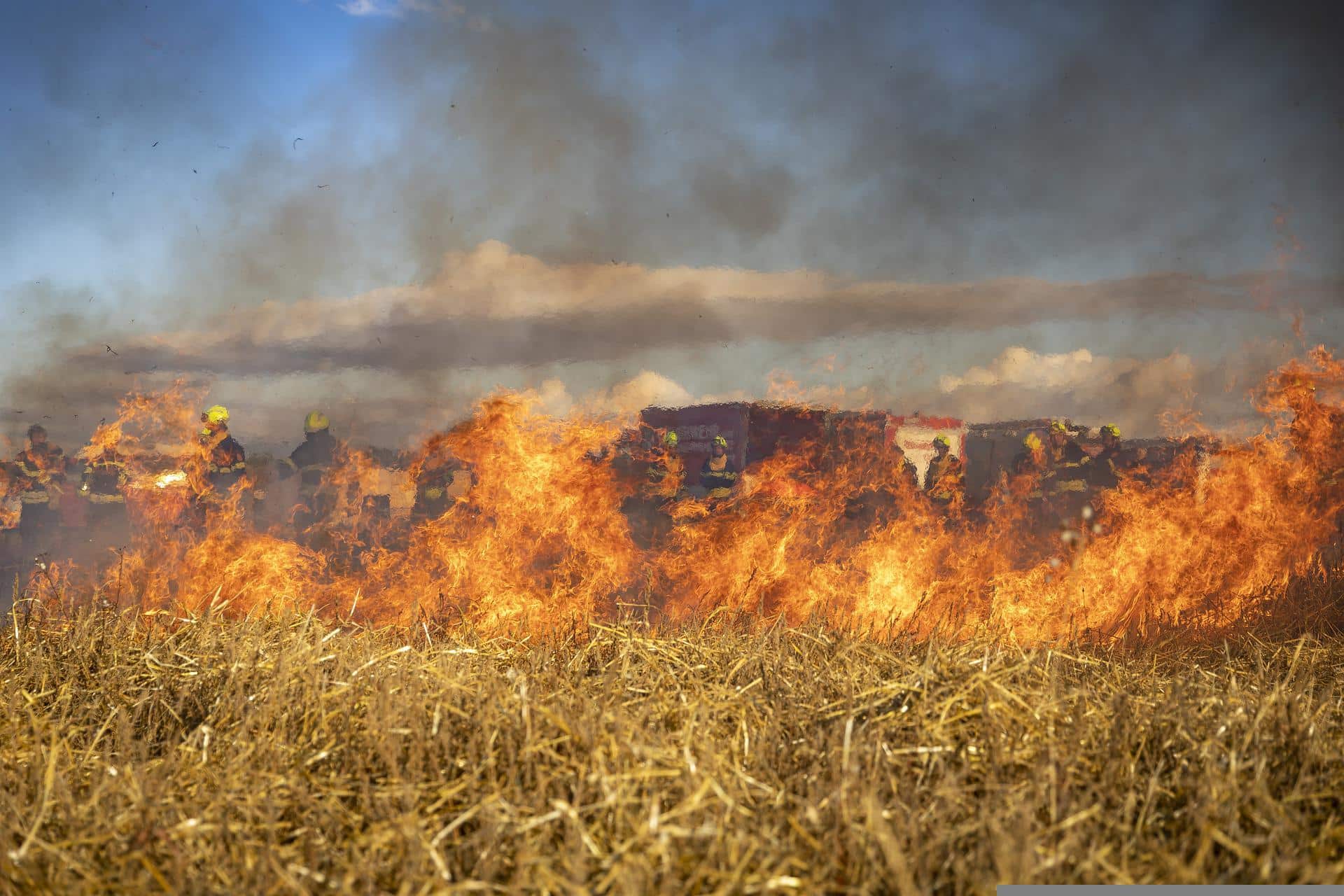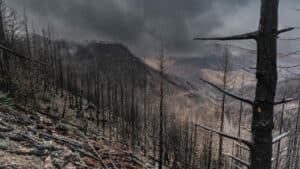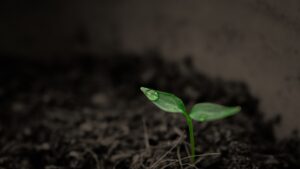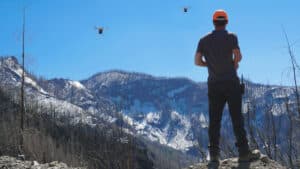Soil quality and conditions are critical to plant growth, yet experts have expressed how difficult it is to predict the impact of wildfires on plant growth and water quality. A team of Colorado researchers have created new methodology to allow such predictions.
“To make practical predictions about recovery, we had to use a modern artificial intelligence tool called statistical learning,” said John Spear, professor at Colorado School of Mines, in a release. “When we fed data about the microbes and nutrients into this model, we were able to predict how soil is changed by fire far more accurately.”
When researchers combined information for the types and quantities of microbes and nutrients, Spear found it increased accuracy. Although microbiota are uncommon in soil and accounted for less than 1% of the microbiome, the team discovered that including microbiota from soil was essential for the accuracy of predictions.
“This apparent contradiction is a fascinating outcome of our study and runs contrary to the common wisdom that if we measure 99% of what’s living in soil, we’ll have a great sense of how that soil will behave,” said first author Alexander S. Honeyman, research associate at the Colorado School of Mines.
Researchers were also able to project water quality by studying the microbiome for species that impact soil regeneration and downstream waters. The methodology could lead to a greater understanding of terrestrial and aquatic ecosystem recovery after wildfires, according to Spear.
“We went out to two active wildfires in Colorado in 2018 and 2019, and collected soil shortly after the smoldering stopped,” said Spear. “This was as simple as shoveling soil into a bucket. We returned to the same sites for three summers [2018, 2019, and 2020], collecting more samples, and followed up as the landscape recovered from the black of burn to the green of new growth.”
In the lab, researchers measured soil carbon, nitrogen and other significant molecules, taking the census of the microbiome that consisted of the species present and the amount of each in the soils.
“The trick,” said Spear, “was to do this over and over in a thorough fashion for three years, generating a dataset of more than 500 soil samples. Then, we wanted to see if the pattern of recovery of soil after fire could be predicted from this unique dataset, using statistical learning.”
The methodology was successful — despite the diverse dataset — representing various severities of wildfire and different soil types and seasons.
“That’s good news for our approach, because [the methodology] appears to work on many different conditions of soil,” said Spear.
Fires are more frequent due to climate change, making it crucial that experts understand how to handle the recovery of burned soil, Spear believes.
Read More:
Post-Wildfire Restoration is a Team Effort that Starts with Native Plants
Urban Wildfire Reclamation: The Right Seed is Just the Start
Independent Seed Companies Cooperate in Wake of Paradise, California Wildfire













